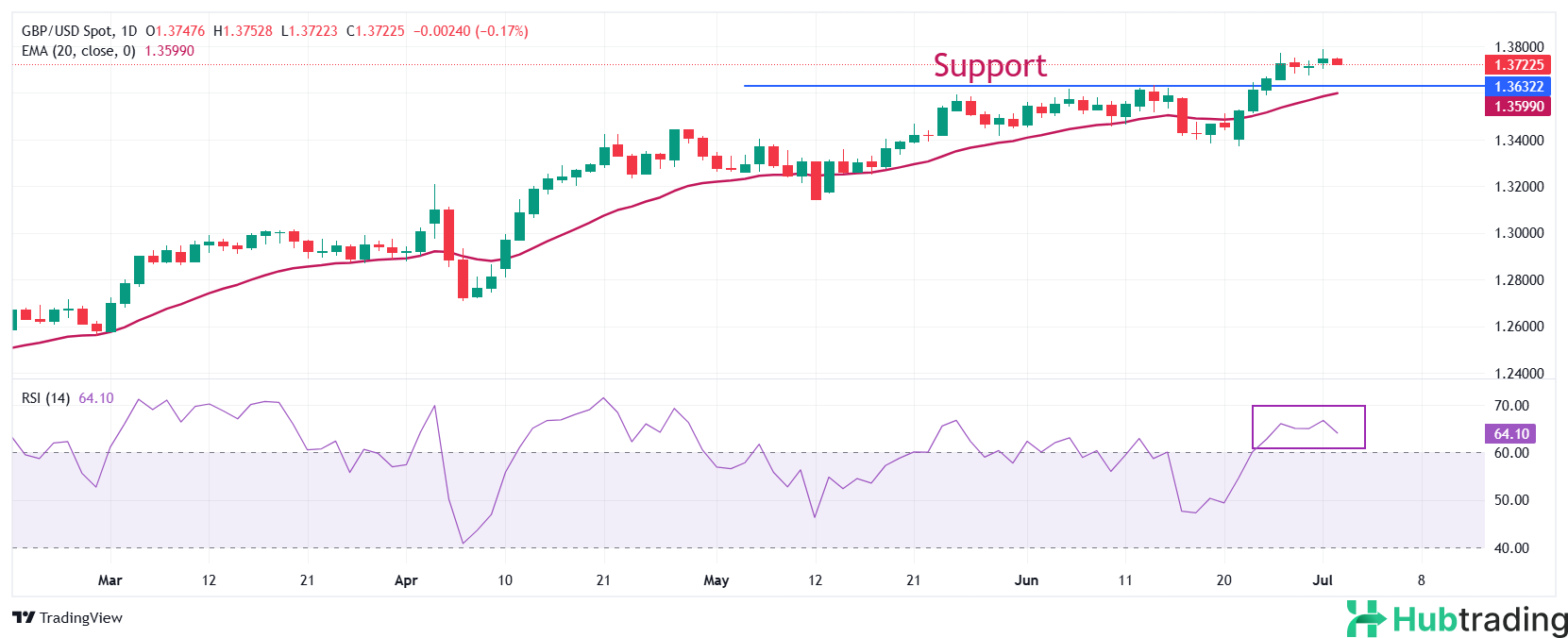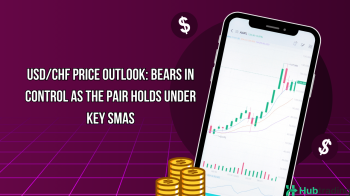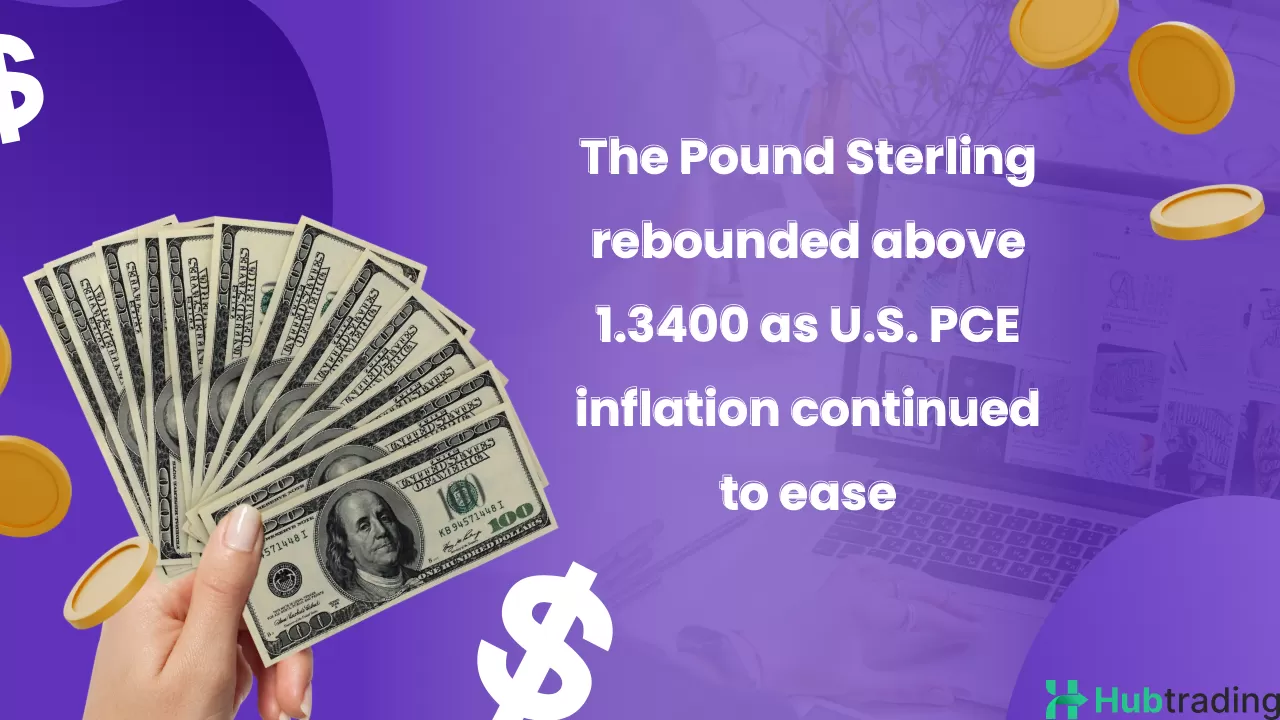-
The Pound Sterling pulls back toward 1.3700 against the US Dollar, driven by stronger-than-expected US JOLTS Job Openings data for May.
-
Fed Chair Powell maintains a cautious “wait and see” stance on future monetary policy moves.
-
BoE Governor Bailey highlights signs of a softening UK labor market and growing global economic uncertainties.
The Pound Sterling (GBP) weakened against major currencies on Wednesday as Bank of England (BoE) Governor Andrew Bailey flagged growing concerns over the UK labor market and businesses’ hesitation to invest amid global economic uncertainty. Speaking at the European Central Bank (ECB) summit in Sintra, Portugal, Bailey noted, “Internationally, there is an increase in uncertainty, which is coming through in terms of economic activity and growth.” He added that the UK labor market is “softening” and many firms are “putting off investment decisions.”
While Bailey refrained from offering clear guidance on the BoE’s interest rate stance ahead of the August policy meeting, he reaffirmed that the rate trajectory remains “gradually downwards.” Market expectations currently suggest the BoE could implement two rate cuts by year-end.
Adding to the dovish tone, BoE Monetary Policy Committee (MPC) member Alan Taylor echoed concerns about the labor market, warning that “cracks are beginning to appear.” Speaking at the same ECB forum, Taylor advocated for a more aggressive easing cycle, suggesting the BoE should deliver as many as five rate cuts in 2025. He estimated the UK’s neutral real interest rate to be around 0.75%–1.00%, translating to a neutral nominal rate of approximately 2.75%–3.00%.
Taylor was one of three MPC members who voted for a 25 basis point rate cut at the June meeting, where the majority opted to hold rates steady. His comments further reinforced expectations that the BoE may pivot to a more accommodative stance in the coming month.
Daily Market Movers: Pound Sterling Corrects Sharply Against the US Dollar
- The Pound Sterling (GBP) edged lower toward 1.3700 against the US Dollar (USD) during Wednesday’s European trading session, retreating from Tuesday’s three-and-a-half-year high near 1.3800. The GBP/USD pair faced selling pressure as the US Dollar rebounded following upbeat labor market data from the United States.
- Tuesday’s JOLTS Job Openings report revealed that U.S. employers posted 7.769 million new job vacancies in May, surpassing both April’s 7.395 million and economists’ expectations of 7.3 million. This strong labor data added momentum to the US Dollar, with the US Dollar Index (DXY)—which tracks the Greenback against a basket of six major currencies—climbing to nearly 96.90. The DXY had closed at 96.64 on Tuesday, bouncing from a low of 96.40 and ending a nine-day losing streak.
- Despite this rebound, the US Dollar remains under broader pressure due to ongoing concerns surrounding political interference in Federal Reserve policy. President Donald Trump has once again criticized Fed Chair Jerome Powell for not aggressively lowering interest rates, referencing how other central banks have eased policy more rapidly. Speaking at the ECB Summit, Powell reiterated the Fed’s data-dependent stance, emphasizing the need to "wait and see" how recent policies impact inflation and economic growth before making any policy shifts.
- On the fiscal side, Trump's “Big Beautiful Bill” — a tax and spending package recently approved by the Republican-controlled Senate — is awaiting the President’s signature. The bill has raised alarm over potential ballooning national debt, particularly after Moody’s downgraded the U.S. sovereign credit rating in May. Analysts at the National Australia Bank (NAB) warned that the increase in government spending and debt issuance could negatively impact Treasury markets and further pressure the US Dollar.
- Looking ahead, investors are focused on the upcoming U.S. Nonfarm Payrolls (NFP) report for June, set to be released Thursday. In the lead-up, markets are closely watching the ADP Employment Change data, due later today at 12:15 GMT. Analysts expect private employers to have added 95,000 jobs in June, up from just 37,000 in May.
Technical Outlook: Pound Sterling Remains in Bullish Territory

Despite pulling back toward 1.3700, the Pound Sterling remains within Tuesday’s trading range, holding firm in a broader bullish trend. The pair is still trading near the recent multi-year high of 1.3800, signaling that bullish momentum remains intact.
The 20-day Exponential Moving Average (EMA), currently around 1.3600, continues to trend upward, reinforcing the near-term bullish outlook. Additionally, the 14-day Relative Strength Index (RSI) remains elevated in the 60–80 range, indicating strong buying momentum.
To the downside, initial support is seen at the June 13 high near 1.3630. On the upside, the psychological barrier of 1.4000 represents a key resistance level that could attract significant interest from buyers if bullish momentum resumes.





